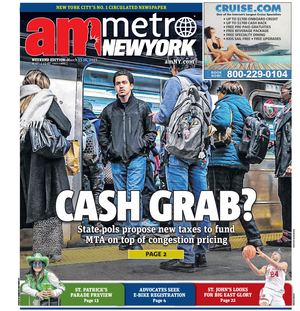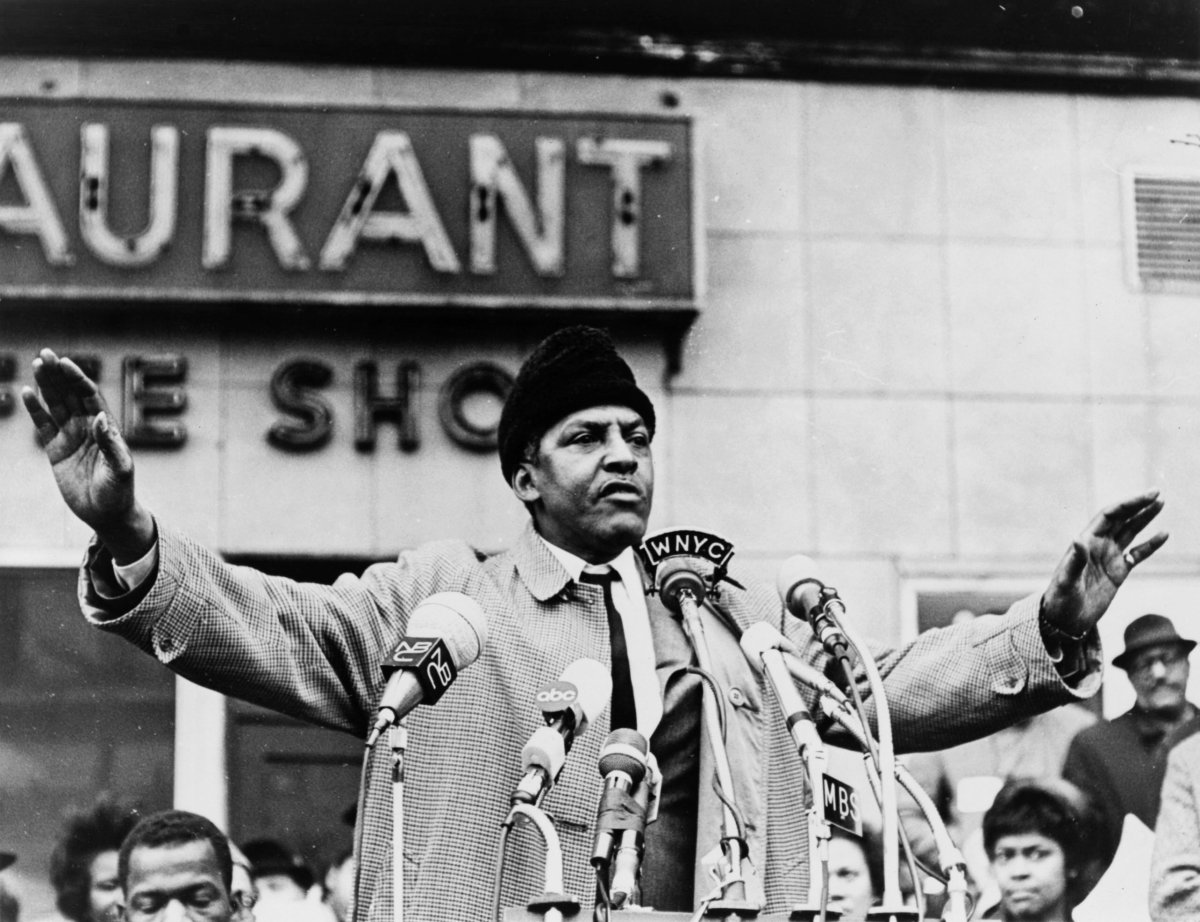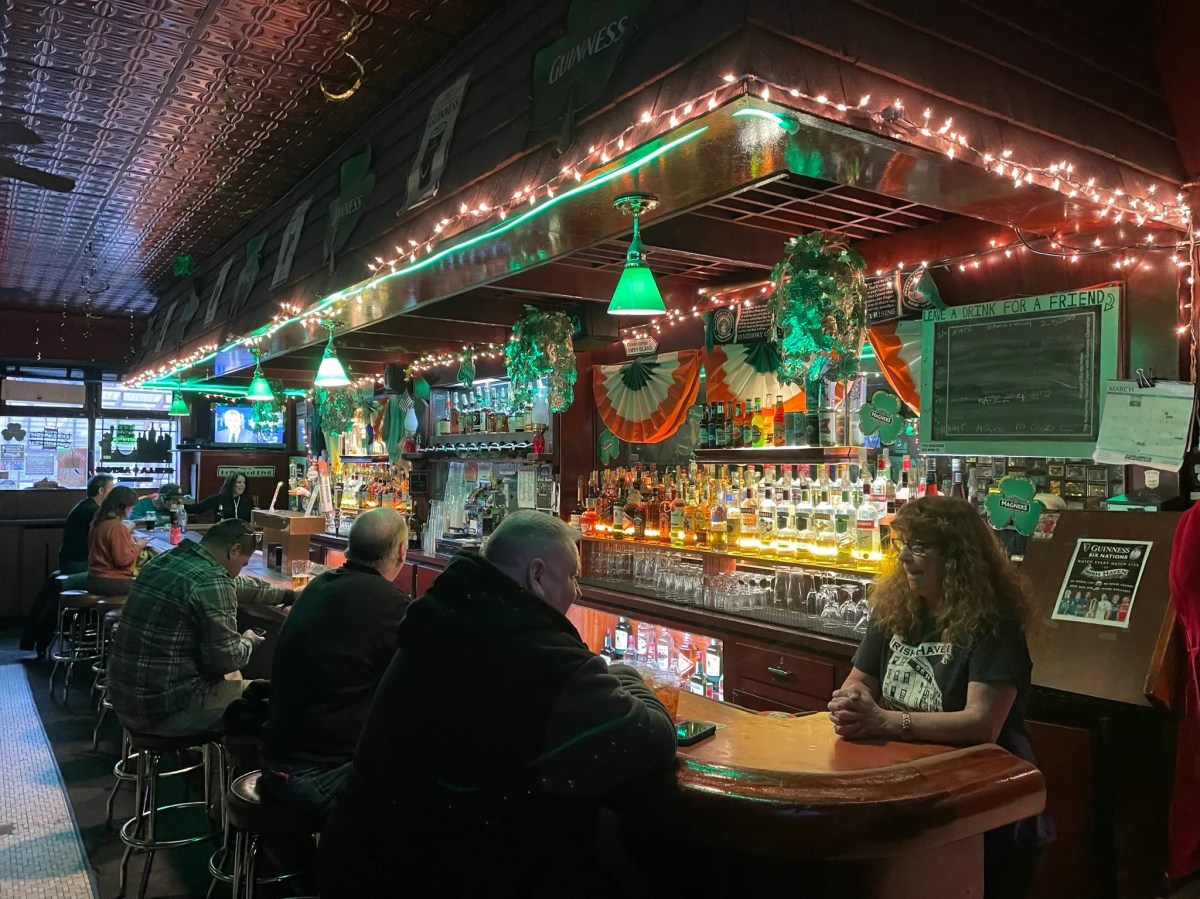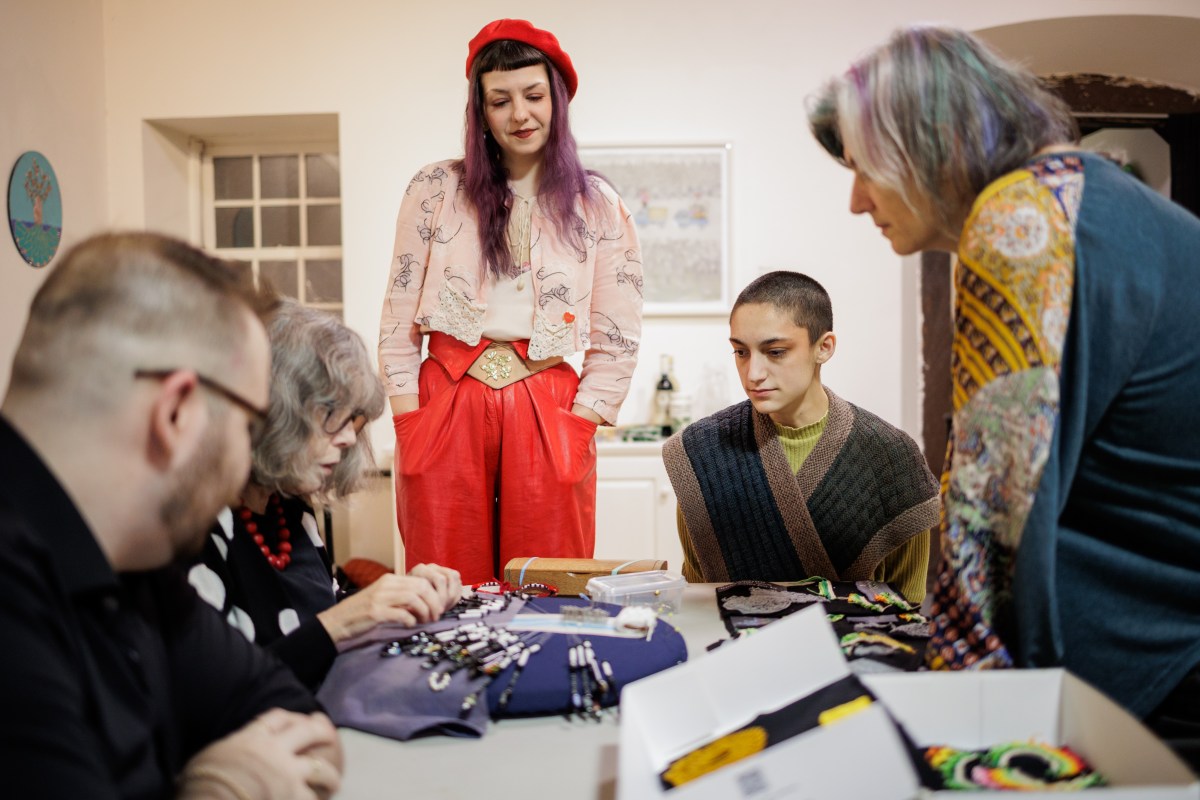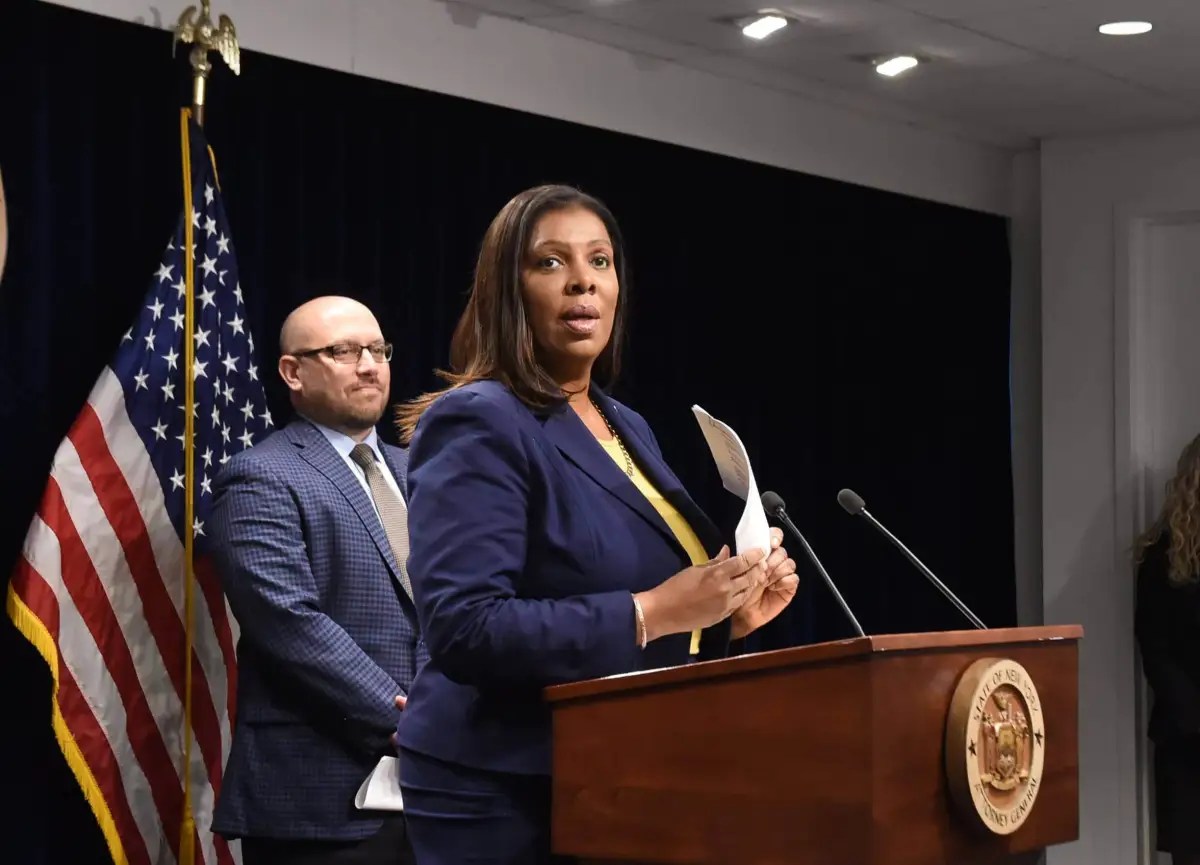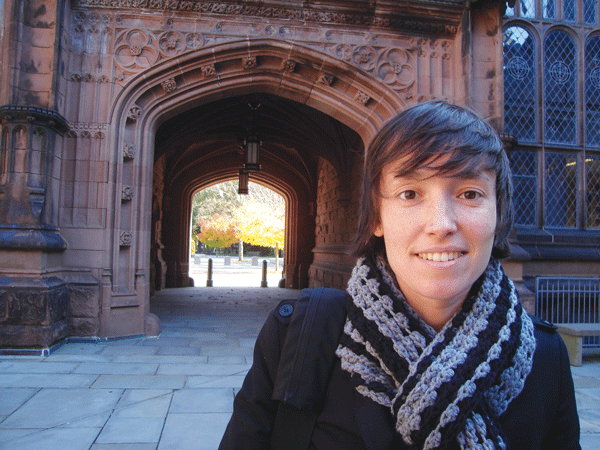
Laura Erickson-Schroth, editor of “Trans Bodies, Trans Selves.”
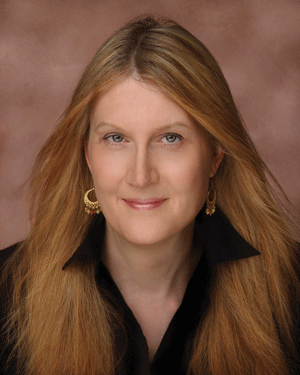
Best-selling memoirist Jennifer Finney Boylan wrote the intro to “Trans Bodies, Trans Selves.”
BY RYAN HOWE | When she was 12 years old, Laura Erickson-Schroth picked up her mom’s copy of “Our Bodies, Ourselves.” She flipped through the pages, entranced by what she was reading. The book — which took a radical stance (for 1973) on women’s bodies, sexuality, and rights, was filled with stories from women of all walks of life and backgrounds. It spoke to the self-proclaimed tomboy.
“I was always kind of dressing like a boy and playing sports, so gender was something that was always present in my life,” Erickson-Schroth said. “I was always being told what to do for gendered reasons, and reading this book with so many women breaking the stereotypes, it just stuck with me.”
“Our Bodies, Ourselves” continued to influence Erickson-Schroth through her teenage years and into adulthood. Five years ago, the idea that women should be telling their own stories led her to start a project that would give transgender and gender non-conforming people an outlet to share their own stories, and educate readers on trans issues.
The result, “Trans Bodies, Trans Selves,” was released by Oxford University Press on May 20.
Taking her cue from “Our Bodies, Ourselves,” Erickson-Schroth wanted to produce something with voices from every part of the trans community and share trans health information with the public.
“In ‘Our Bodies, Ourselves’ I was captivated not only by the quotes from hundreds of women, but the way they challenged the medical world’s monopoly on knowledge about women’s bodies,” Erickson-Schroth said. “That’s what we did with our book.”
Reading as part educational, part memoir, part picture book, “Trans Bodies, Tran Selves” prides itself on being a book that is not meant to be flipped through from cover to cover. It is to be referenced, and picked up and put down at different times, Erickson-Schroth explained.
Complete with a glossary defining different terms used in the trans community and an introductory chapter providing an overview of terminology and concepts that will help readers delve into the rest of the book, the project is first and foremost an educational tool for the trans community, allies, and doctors.
Another goal was to share as many viewpoints and personal stories as possible. The contributing authors come from multiple backgrounds with expertise in law, health, culture, and policy. Quotes from more than 3,000 people appear scattered through the chapters.

“Trans Bodies, Trans Selves,” was released by Oxford University Press on May 20.
When Erickson-Schroth studied at Middlebury College in Vermont from 1999 to 2003, trans issues weren’t something that was on people’s minds. It wasn’t until after she graduated that some of her friends came out as trans, she started meeting other trans people, and getting trans patients in medical school, that it became more present in her life. She quickly started noticing a disconnect between health providers and trans people.
“Health providers were either hostile or uneducated about trans issues,” she said. “But trans people saw health providers as gatekeepers because that was their role for a really long time.”
With information scattered all over the web, Erickson-Schroth and her team sought to compile all of the essential material into a book covering health issues, employment, social transition, and community building.
Psychotherapist and trans activist Laura Jacobs got involved with the project two years ago, when she met Erickson-Schroth while doing similar public speaking and activism.
Jacobs contributed a few excerpts and helped edit the book — but to her, it was much more than that. “Trans Bodies, Trans Selves” is providing a resource that she didn’t have growing up. Jacobs recalls that in the ’70s and ’80s there wasn’t much out there about trans issues except for scandalous stuff and porn. “To see this piece of work created is so incredible,” she said.
When she transitioned in the early 90s, it was still difficult for Jacobs to find literature on trans issues. Even with the few books she could find in the library, and sneak out between other books, or find on the Internet, she was still left with very stigmatized information.
She continued to look for information, or role models, or resources to help better her knowledge of the physical aspect or the stigma issues. So to be a part of something that put a lot of the information in one place really spoke to her.
“I have been working in the community for years, and this is the first book that really is geared toward educating the community and allies on a number of issues without it being written in an academic or medical way,” Jacobs said. “A high school student could pick this up and follow it.”
Jacobs not only contributed to the book, but is also continuing the work of the project as she serves on the board of trustees for the Trans Bodies, Trans Selves nonprofit organization (see transbodies.com). The board is currently raising money to help get the book into the hands of those who can’t afford it, or who need it most. They are also working on spreading the word about the book, and gathering more stories for future editions.
Although the book incorporates thousands of trans identifying people, the goal is to get more people from outside the U.S. and Canada to tell their stories. The estimated date for the next book release is 2020.
“Right now we are working on getting the first issue to as many people as possible,” Jacobs said. “What’s really wonderful about [the book], is that we got so many people to contribute. Every chapter is incorporating a different person’s perspective.”
Erickson-Schroth hopes “Trans Bodies, Trans Selves” catches on like the book it was modeled after, and can continue to publish updates as time goes on. On the back cover of 1973’s “Our Bodies, Ourselves,” are the books last words: “Please share this book with others.”
“That’s still the most important message I can share with people,” Erickson-Schroth said. “Spread the word. Share this book with everyone.”
